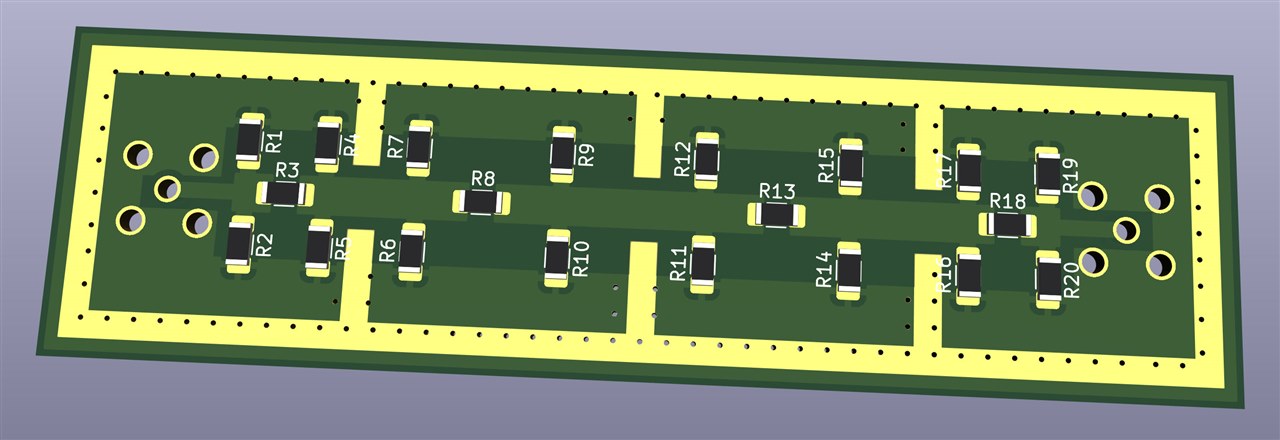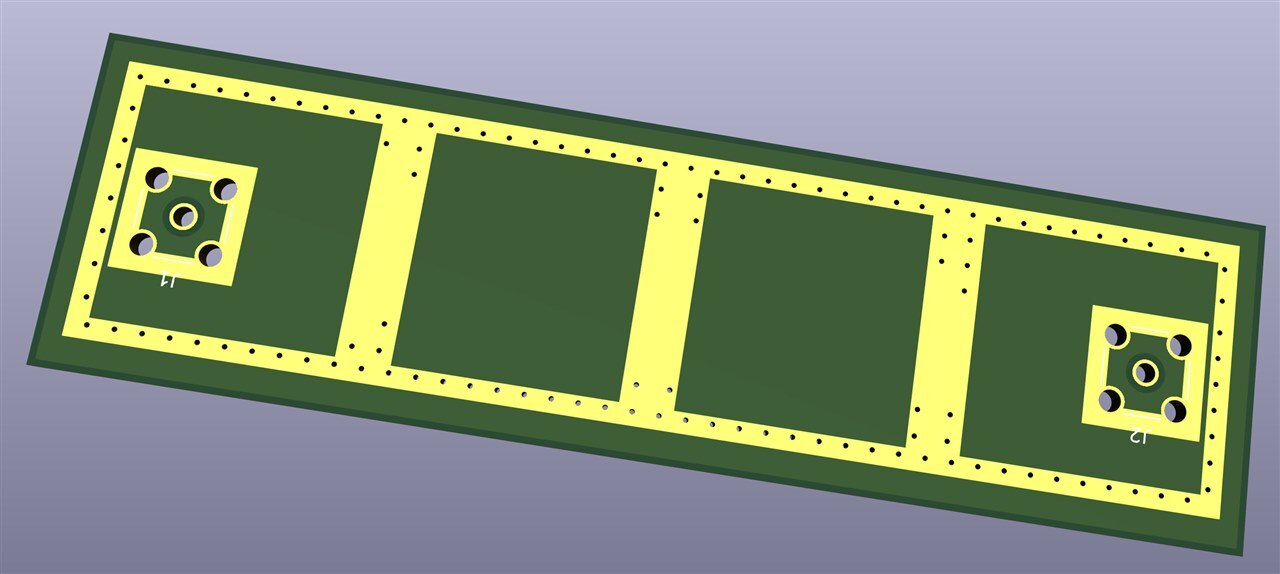Link to the second discussion. Click here
Hi All.
We've been talking with Broadcom about roadtesting one of their evaluation kits. Right now, two are being considered. I wanted to get your feedback and/or interest in roadtesting these peroducts. I also would like to know what are parts or equipment you would need to roadtest any of these products.
Let me briefly go through them. I have a poll at the bottom of this discussion.
 Ethernet Evaluation Kit
Ethernet Evaluation Kit
(AFBR-FSEK50B00E Gigabit Ethernet Evaluation Kit for the AFBR-FS50B00 Optical Wireless Transceiver)
The evaluation kit for AFBR-FSEK50B00E gives the system designer a convenient means to evaluate the performance of the Optical Wireless Transceiver AFBR-FS50B00.
The evaluation kit includes:
- Two PCBs with RJ-45 connector and IC BCM54210, which implements the functionality of a Media Converter
- Two PCBs with Optical Wireless Transceiver AFBRFS50B00
- One USB memory stick containing technical documentation.
The evaluation kit does not include:
- CAT5 cables required for GbE communications between the evaluation kit and the user’s application.
- Micro USB cables required for power supply.
SMA Evaluation Kit
BROADCOM AFBR-FSEK50B00S SMA Evaluation Kit, AFBR-FS50B00, Optical Wireless Transceiver, Wireless Communication
SMA Evaluation Kit for the AFBR-FS50B00 - 5 Gb/s
The Broadcom® AFBR-FSEK50B00S is an evaluation platform for the Optical Wireless Transceiver AFBR-FS50B00. The AFBR-FSEK50B00S evaluation kit provides the system designer a convenient means to evaluate the performance of the AFBR-FS50B00 optical wireless transceiver.
The evaluation kit includes:
- Two PCBs with SMA connectors and AFBR-FS50B00 optical wireless transceiver
- Two jumpers
The evaluation kit does not include:
- Coaxial cables required for communication through the AFBR-FS50B00 optical wireless transceiver
- Cables required to supply power to the boards included in the evaluation kit
About the Broadcom® AFBR-FS50B00 Transceiver
The Broadcom® AFBR-FS50B00 is a transceiver that communicates data over free space and thereby allows connector-less/cable-less
communication in a variety of applications. Full-duplex bidirectional communication, together with a small form factor, allows a compact system design. The device keeps full functionality over a 360° rotation around the optical axis, which reduces the complexity of alignment on the system level and allows the use in rotating systems. The component is designed to operate over a wide temperature range and with a potential data rate up to 5 Gb/s and a variable distance from 20 mm up to 100 mm. The AFBR-FS50B00, a Laser Class 1 product, is RoHS-compliant and is designed for SMT solderability standard processes




